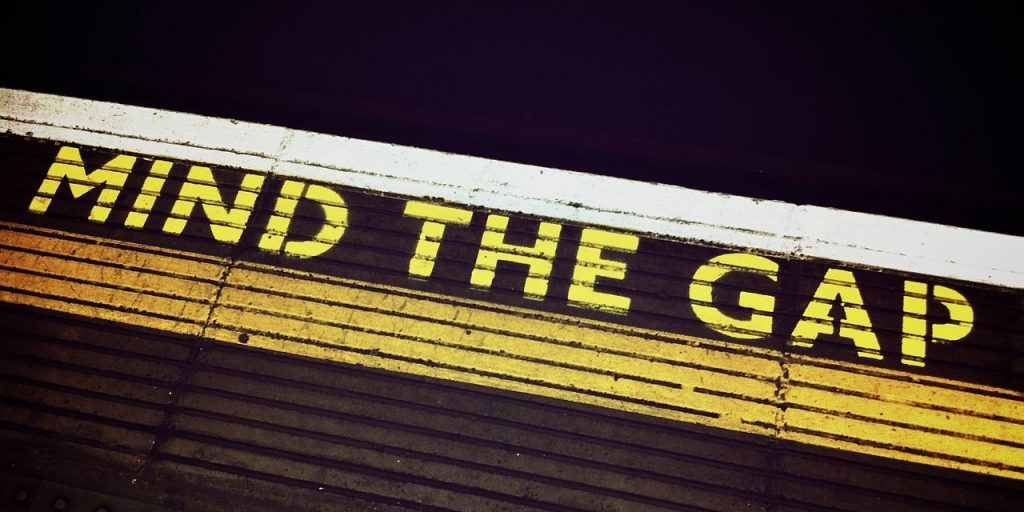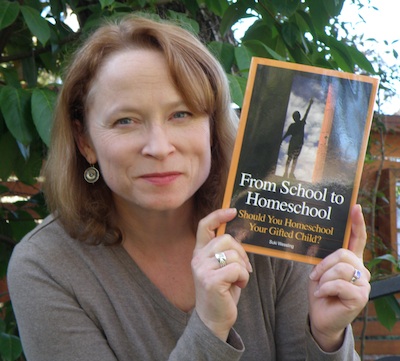Category: Education
-

Raising a lifelong learner
I talk about “raising a lifelong learner” in lots of my writing, but how do you actually DO that?
-

Humans need meaningful work
Come fall, it’s going to be harder for our teens to find meaning in their studies. They and our younger children will all need a new way of finding pleasure in a job well done.
-

How do I make sure there are no gaps in my child’s learning?
Our job as educators has changed. We won’t succeed just by implanting a body of knowledge into our students’ brains. As soon as we do, there will certainly be changes to that body of knowledge and our students will be out of date again.
-

How can I teach my young child without curriculum?
Do young children really need curriculum to learn? If you live a learning lifestyle, perhaps the answer is “usually they don’t.”
-

Curriculum is the vehicle; learning is the destination
New homeschoolers are often focused on trying to purchase the perfect curriculum. But it’s important to remember that the curriculum we choose is simply a different learning vehicle.